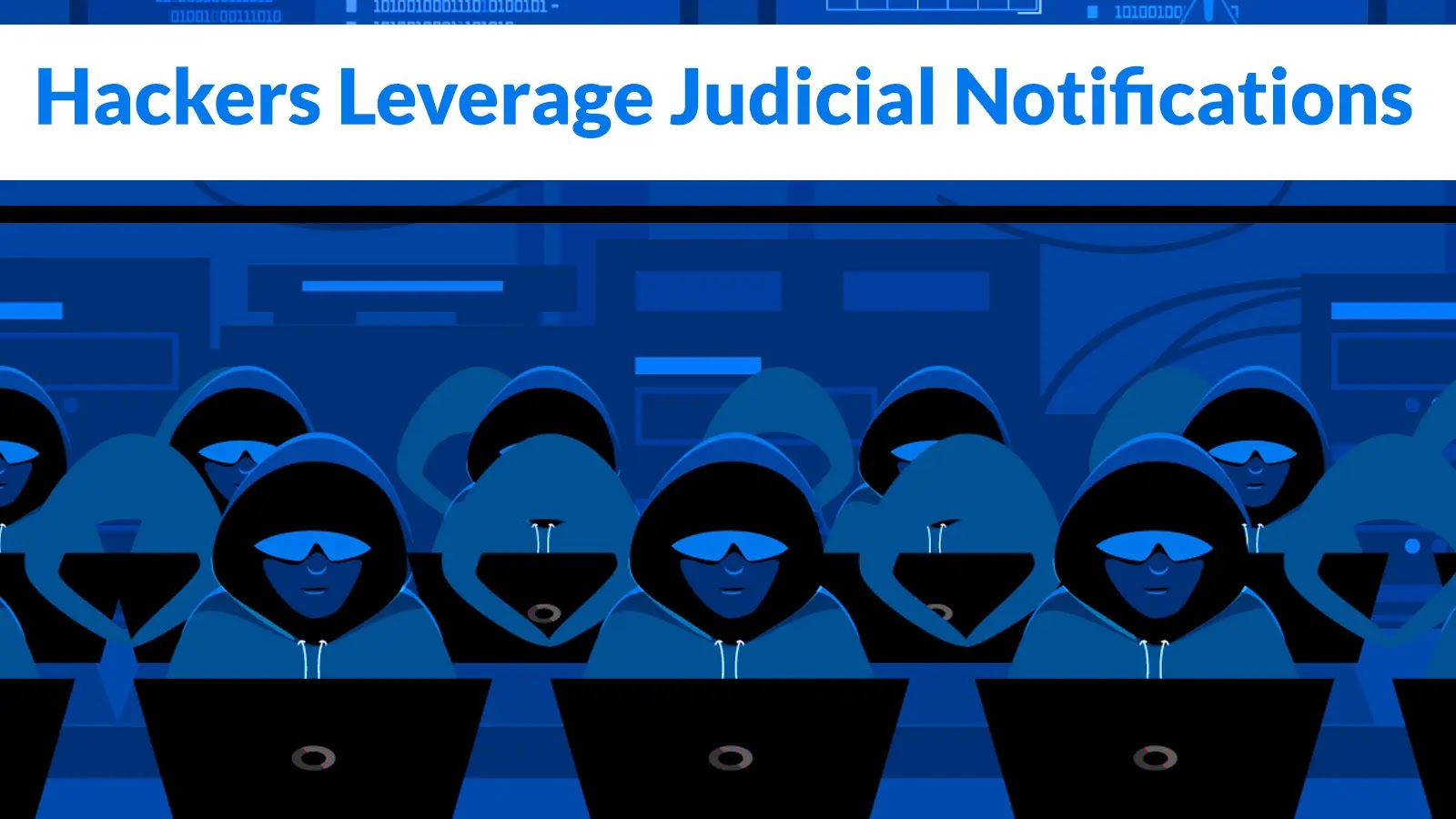
Hackers Leverage Judicial Notifications to Deploy Info-Stealer Malware
The Deceptive Lure of Justice: How Fake Judicial Notifications Deliver AsyncRAT
Cybercriminals are increasingly sophisticated, blurring the lines between legitimate communication and malicious attacks. A recent campaign targeting Colombian users exemplifies this dangerous trend, leveraging seemingly authentic judicial notifications to deploy AsyncRAT info-stealer malware. This multi-stage attack highlights a concerning evolution in social engineering, effectively bypassing traditional security measures by exploiting trust in governmental communications.
The campaign’s success underscores the critical need for heightened awareness and robust security protocols, particularly for individuals and organizations operating in regions identified as targets.
The Anatomy of Deception: A Multi-Stage Attack
This elaborate phishing scheme is not a simple email with a malware attachment. Instead, it employs a carefully crafted multi-stage delivery system designed to evade detection and instill a false sense of legitimacy. The primary vector is a convincing email disguised as an official judicial notification. These emails often contain plausible subject lines and sender details, mimicking real legal correspondence.
Upon engagement, victims are typically directed to malicious websites or tricked into downloading seemingly innocuous documents. These initial steps are crucial for the attackers, allowing them to establish a foothold and prepare for the final payload delivery. The use of legitimate-looking governmental templates and language





